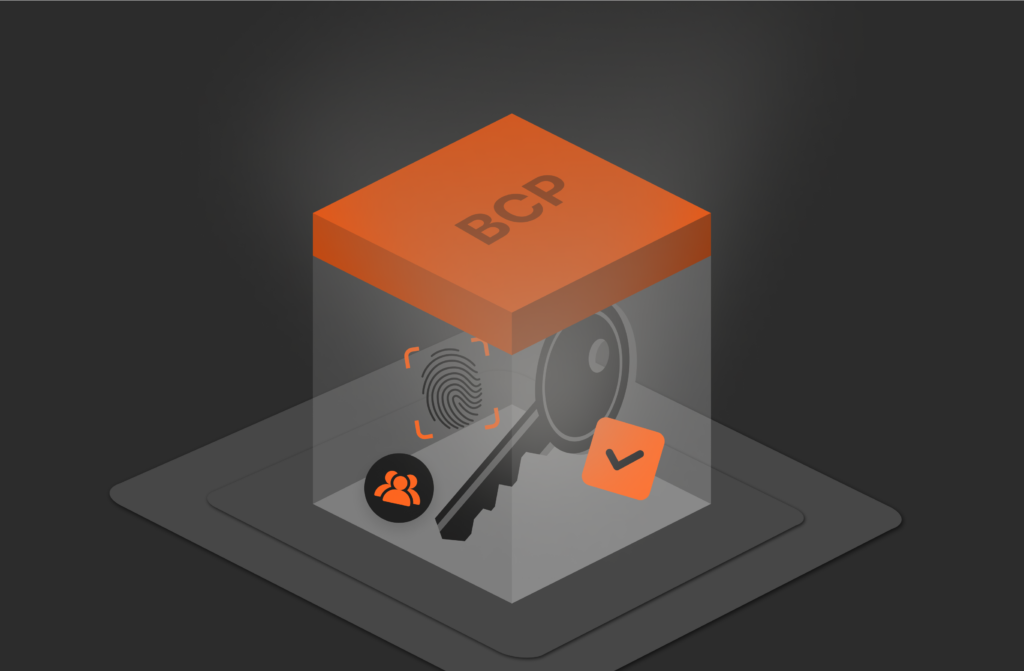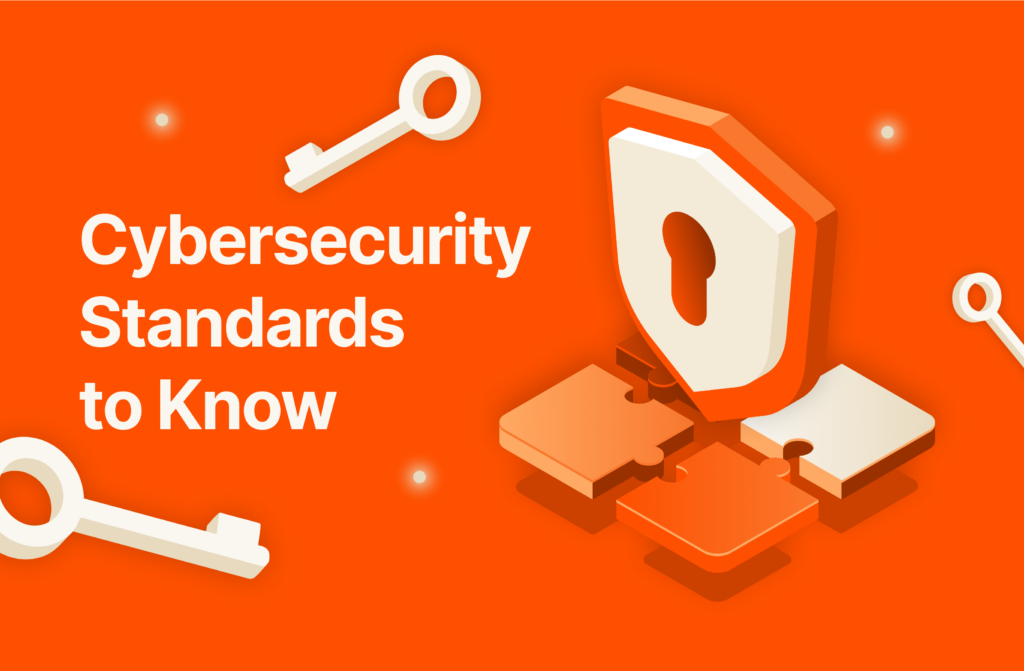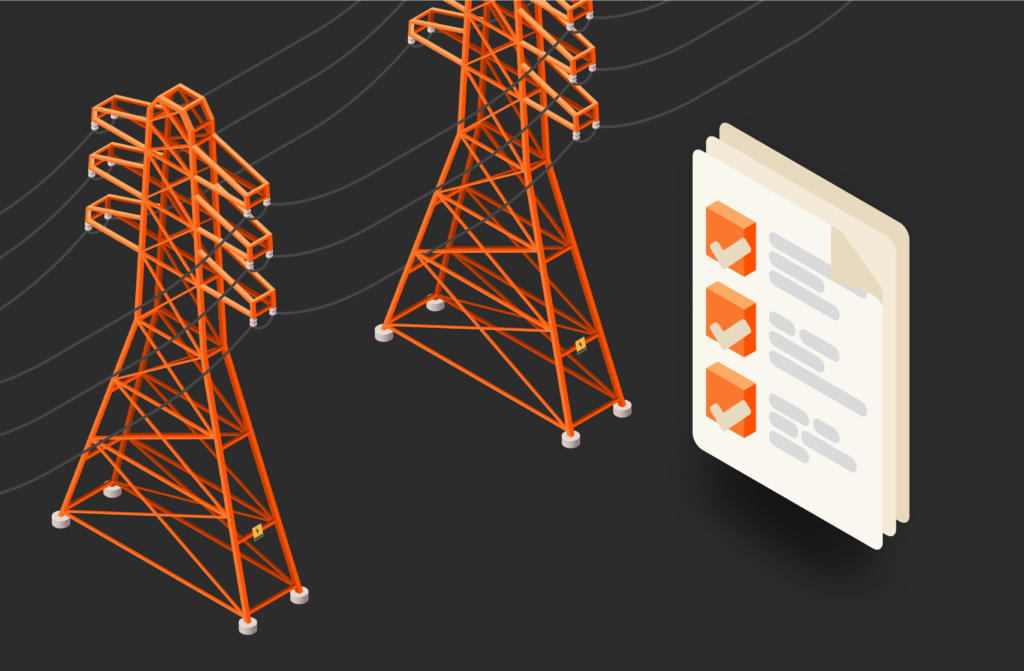Summary
Data security for AI infrastructure requires a multi-layered approach that includes data encryption, secure access controls with identity management, robust auditing, and more.
When we talk about building a data infrastructure for AI that offers data security, we’re addressing several layers of protection and governance to ensure the safety, recoverability, and compliance of the data sets AI models depend on.
Data Encryption (in Transit and at Rest)
AI workloads often involve moving sensitive data across different environments—cloud, on-premises, or edge computing nodes. Encryption is key to securing this data during transit and while it’s stored. There are two major components:
- In-transit encryption: Protecting data as it moves between compute nodes, storage systems, and across networks using Transport Layer Security (TLS) or IPsec VPNs ensures that data isn’t intercepted or compromised during transfer.
- At-rest encryption: Encrypting data sets stored in databases, data lakes, or distributed file systems using standards like AES-256 guarantees that even if unauthorized access occurs, the data remains unreadable.
Advanced systems leverage hardware-based encryption, like Intel Software Guard Extensions (SGX), to ensure that sensitive data is encrypted not only in storage and transit but also while being processed by AI models. This prevents attacks that target data in use, a key concern for protecting proprietary AI training data.
Secure Access Controls and Identity Management
To safeguard AI data sets and models, it’s essential to implement role-based access control (RBAC) or attribute-based access control (ABAC) to ensure that only authorized users and systems have access to sensitive data. By integrating identity management systems such as Active Directory (AD), LDAP, or OAuth2, organizations can enforce strict authentication and authorization protocols.
For AI-specific workflows, these controls extend to ensuring that:
- Data scientists have the right privileges to access data sets but cannot deploy AI models into production without proper approvals.
- Compute nodes handling AI workloads (e.g., GPU clusters) are securely isolated and only communicate with approved storage resources and data sets.
Furthermore, multi-factor authentication (MFA) and single sign-on (SSO) add layers of protection against unauthorized access, ensuring that even if credentials are compromised, additional factors prevent malicious actors from accessing critical data.
Data Auditing and Compliance
In industries like finance, healthcare, and government, AI data pipelines need to comply with regulations such as GDPR, HIPAA, and CCPA. This requires:
- Data lineage tracking: Understanding the origin, transformation, and movement of data through the AI pipeline is crucial. Solutions like Apache Atlas or DataHub can track metadata, ensuring full traceability of data sets and the models trained on them.
- Audit logging: Systems must log every interaction with the data, including access requests, changes, and processing activities. Immutable audit logs stored on blockchain-based ledgers or other tamper-proof systems ensure that no unauthorized modification of sensitive data occurs.
Compliance requirements often mandate that organizations can prove where sensitive data is stored and how it is being used. Data masking and anonymization techniques can help when AI models need to access sensitive data for training but must maintain user privacy.
Data Backup and Recovery for AI Workloads
AI workloads often require access to critical data sets that must be highly available and recoverable in the event of an incident. Data backup strategies must include:
- Automated, regular snapshots of data sets used for training and inference ensure recovery points are available in case of data corruption, accidental deletion, or ransomware attacks.
- Offsite or multi-region backups leveraging cloud storage providers or geographically distributed data centers can ensure business continuity in case of a disaster. Solutions like AWS S3 Cross-Region Replication or Google Cloud Filestore backups provide disaster recovery strategies for AI data sets.
A sophisticated data infrastructure would also incorporate erasure coding and RAID configurations to protect against hardware failure and ensure data is recoverable with minimal downtime.
Data Segmentation and Isolation
In multi-tenant AI environments, such as those supporting AI as a service, organizations must ensure that one user’s data cannot be accessed by another user. Data segmentation using techniques like virtual private clouds (VPCs) or containerized environments (e.g., Kubernetes namespaces) allows complete isolation of data and compute workloads.
For example, within a Kubernetes cluster, Pod Security Policies (PSP) ensure that data sets used in one AI model cannot be accessed or modified by other applications unless explicitly permitted, thus avoiding data leakage across environments.
Data Loss Prevention (DLP)
DLP solutions integrated into the data infrastructure continuously monitor data flows to detect and prevent the unauthorized sharing or export of sensitive information. AI-specific DLP policies might:
- Flag large or unexpected outbound data transfers (which could indicate a breach or exfiltration of training data sets).
- Ensure sensitive data sets (e.g., containing personally identifiable information) cannot be accidentally or maliciously uploaded to unsecured cloud storage or transferred outside the organization.
DLP, combined with AI-driven anomaly detection systems, helps monitor and mitigate potential security threats before they result in data loss or a breach.
Secure Multi-cloud or Hybrid Cloud Environments
For organizations using a hybrid or multi-cloud architecture to run AI workloads, data security becomes more complex due to the different security models of each provider. A robust data infrastructure must:
- Use encryption key management solutions like AWS KMS, Azure Key Vault, or Google Cloud KMS to centrally manage encryption keys across different environments.
- Implement zero trust architectures, ensuring that every data access request, even within the trusted network, is authenticated and validated before permission is granted. This is particularly important for hybrid cloud AI infrastructures where data moves between on-premises and cloud environments.
Summary
Data security for AI infrastructure involves more than just locking down data access; it requires a multi-layered approach to:
- Encrypt data at all stages (in use, in transit, and at rest)
- Ensure secure access controls with identity management
- Implement robust auditing, logging, and compliance frameworks
- Protect against data loss with DLP and backup/recovery strategies
- Enable secure data sharing across multi-cloud and hybrid environments
Building a secure data infrastructure for AI is about mitigating risks at every point in the AI pipeline while ensuring compliance, reliability, and data governance. This resonates deeply with IT leaders who are responsible for safeguarding not only the integrity of data but also the AI-driven decisions that rely on it.

Pure Storage Business White Paper
What Do AI Projects Really Demand from IT?
An AI primer for business leaders
Fortify Your Data
Make data security easier with Pure Storage.







